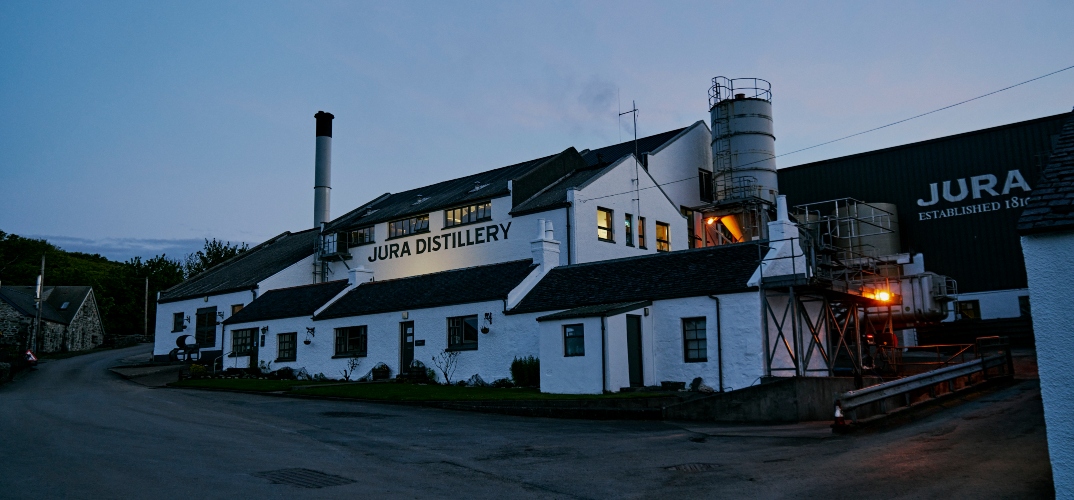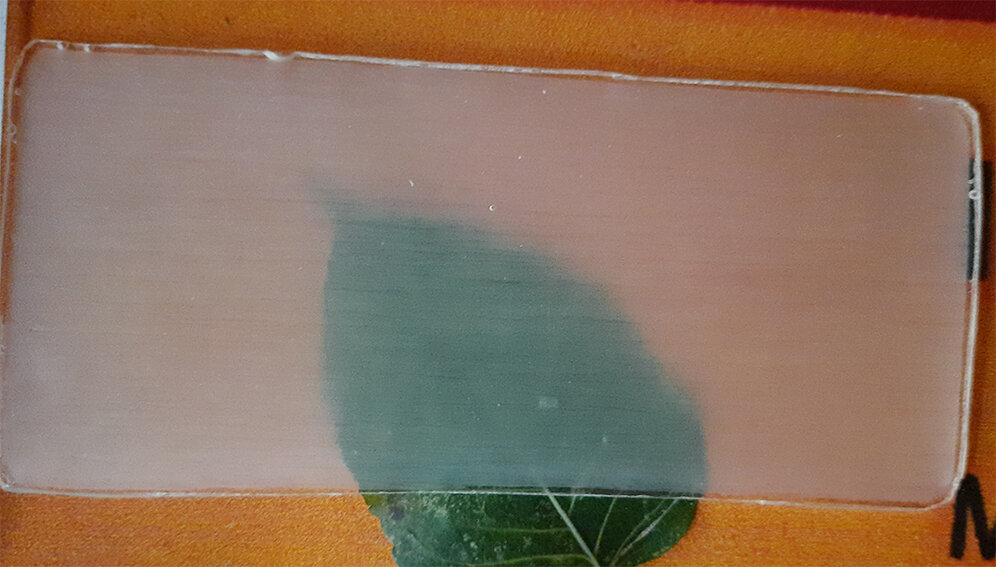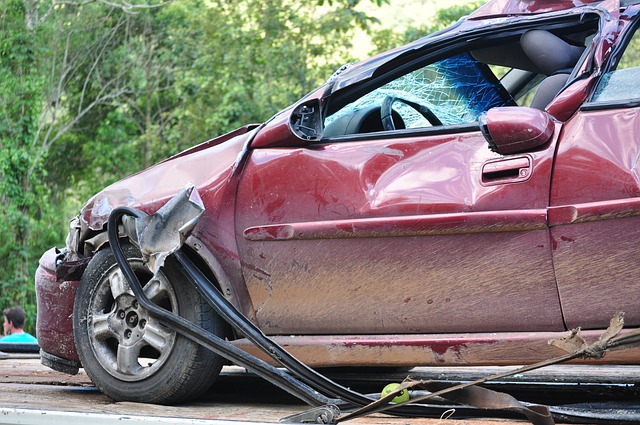The first aerial tramway built in Europe, dating to 1644, was used to move earth to build defensive positions for Danzig on the Baltic Coast of Poland. In the 1860’s, tramways were used as part of mining systems to move people and ore in and out of caverns in mountains in California and Nevada. Aerial tramways also have a long history across Europe, especially in the alpine regions of France, Germany and Switzerland.
The major reason tramways were developed was “finding the shortest distance between two points.” Climbing up steep mountains and down deep valleys took a lot of energy and the human imagination rose to the challenge.
Through time the use of aerial tramways has expanded to urban transport systems, such as the Roosevelt Island Tramway in New York City or the Portland Oregon Aerial Tram, both used as part of public transport systems. Tramways solve a lot of problems for cities that don’t want to go to the expense of acquiring property, digging tunnels and the like.
Tramways have become larger over time as well; double-decker tramways in France, Japan and Switzerland carry up to 200 people to peaks of mountains. The longest tramway in history was the Norsjo Aerial Ropeway in Sweden running 60 miles (96km), which ended service in 1985.
Longest Double Reversible “Jigback” Aerial Passenger Tramway
Sandia Peak Tramway in Albuquerque, New Mexico, claims to have the world’s longest at 2.7 miles (4.34 km). Vietnam’s 3.13 miles (5.03 km) tramway from Nha Trang City to Hon Tre Island near De Nang is longer and Armenia opened a tramway in 2010 from Yerevan to the 9th century Monastery of Tatev; it is 3.54 miles (5.7 km) . Venezuela’s Merida Cable Car, at 7 miles (12.1 km), was first but stopped operation in 2008 when it reached the end of its useful life.
Leitner Ropeways: World Class Tramway Manufacturer
Leitner Ropeways of Sterzing, Italy, builds tramways for winter sports, tourism and urban passenger transportation. Modern day tramways require sophisticated drive systems and electrical engineering, light, but strong vehicles, garage ring systems, tramway stations and lines and robust maintenance services.







